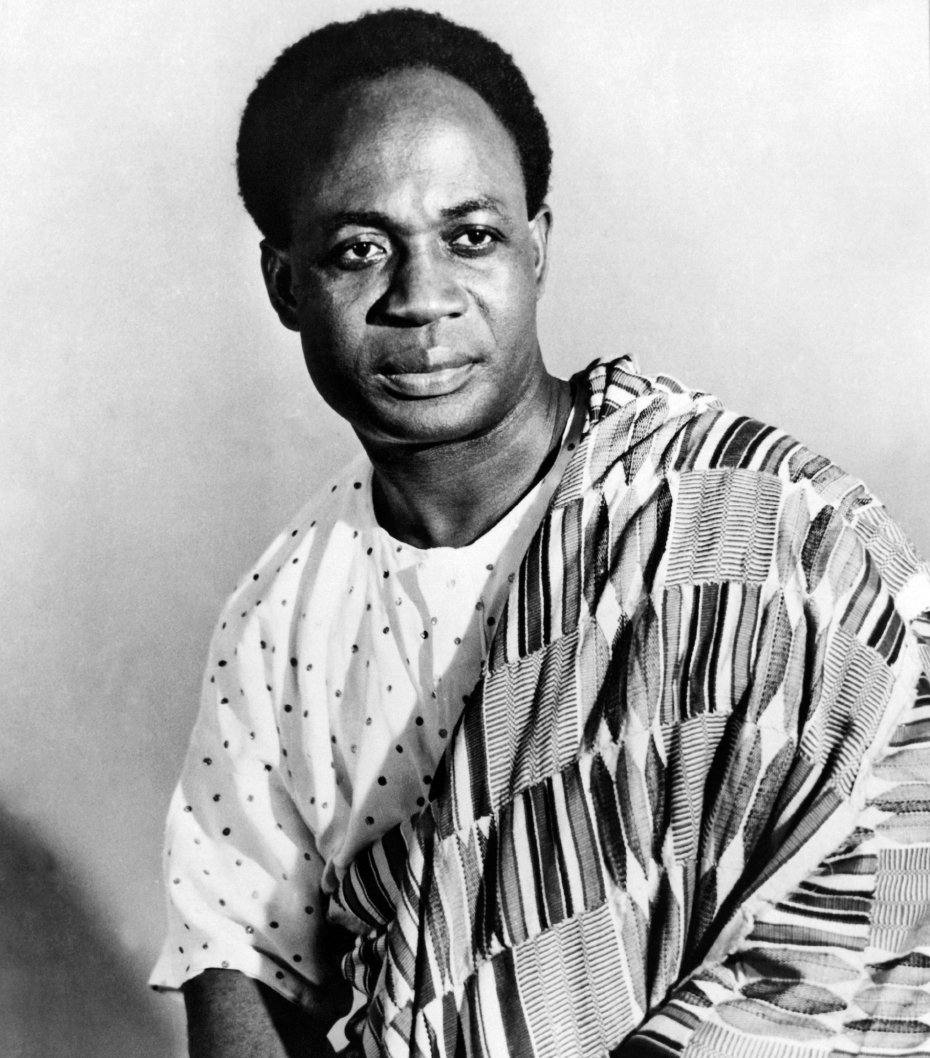Introduction for Chapter 31
31 Decolonization, Revolution, And the Cold War 1945–
> How did decolonization and the Cold War shape global developments in the decades following World War II? Chapter 31 examines political and economic developments in the decades following World War II. In the aftermath of World War II, the immediate challenge was to repair the enormous damage done by the fighting. This challenge was complicated by rivalry between the United States and the Soviet Union that developed into a tense but nonviolent conflict known as the Cold War. Devastated by war, the nations of Europe could no longer hold onto their overseas empires, and nearly every colonial territory gained formal independence between 1945 and the early 1960s. A revolution in China consolidated Communist rule. At the same time, remarkable growth and economic prosperity occurred in the postwar era. There were, however, limits to postwar prosperity, and these decades of economic growth did not resolve underlying tensions and conflicts.

LearningCurve
After reading the chapter, use LearningCurve to retain what you’ve read.
| 1945 | 1957 |
| United Nations established | Formation of Common Market |
| 1946– |
1957– |
| Populist Juan Perón leads Argentina | Decolonization in sub- |
| 1947 | 1957– |
| Independence of India | War between North and South Vientam |
| 1948 | 1959 |
| Marshall Plan aid in Europe; independence of Israel | Cuban Revolution |
| 1949 | 1960 |
| Chinese Revolution; formation of NATO | Brazil’s new capital, Brasília, inaugurated |
| 1949– |
1961 |
| Harsh restrictions against religion and speech in China | Building of Berlin Wall |
| 1950– |
1962 |
| Korean War | Cuban missile crisis |
| 1953– |
1964– |
| Khrushchev implements policy of de- |
Civil Rights Act and Voting Rights Act passed in United States |
| 1956 | 1965 |
| Nasser nationalizes Suez Canal Company; Soviet invasion of Hungary | Great Proletarian Cultural Revolution in China |
| 1967 | |
| Six- |